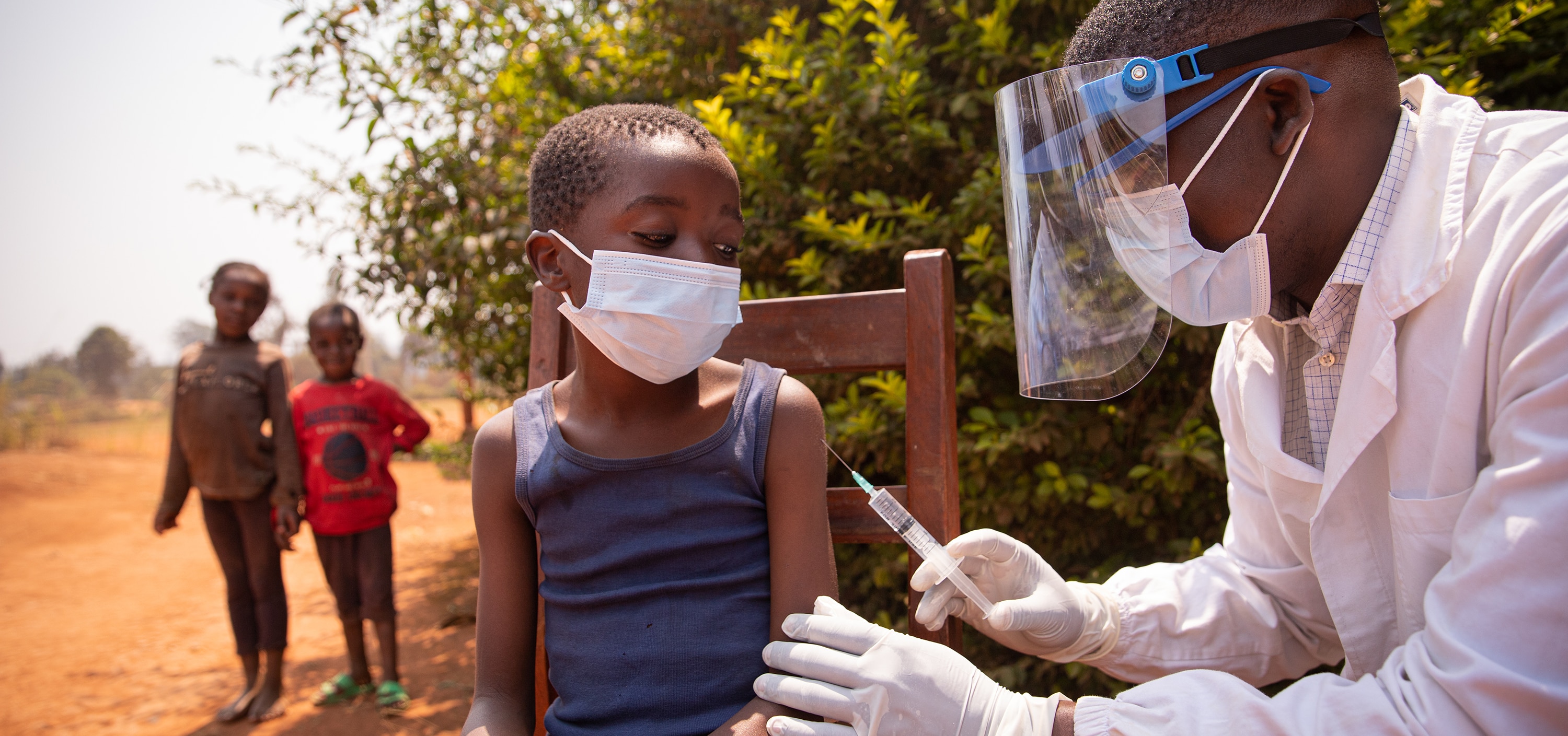
According to World Health Organization estimates, approximately 3 million healthcare workers globally experience bloodborne pathogen exposure due to needlestick injuries every year. [xix] Yet needlestick injuries remain a starkly underrecognized global issue. Most injuries happen in the patient and exam rooms, the emergency department, and intensive care units, where healthcare workers are under stress to perform procedures quickly. This can lead to underreporting of injuries because there is more pressure to pay attention to the care of the patient rather than self-care of the healthcare worker. Whether due to a lack of training, an absence of safety protocols, or limited access to post-exposure care, these injuries pose substantial risk of infection. It is estimated that such exposures result in thousands of new infections each year, with more than 90% in low- and middle-income countries.[xx] Needlestick injuries expose healthcare workers to more than 30 dangerous bloodborne pathogens, including hepatitis B, C and HIV.[xxi]
At BD, we focus our patient and healthcare worker safety Global Public Health programming and investments on reducing needlestick injuries. Bloodborne pathogen exposure from needlestick injuries creates a significant safety burden to healthcare workers, patients, hospitals and health systems.
- In select hospitals in Kenya, BD launched an infection and prevention control program, which trained hundreds of healthcare workers on peripheral intravenous catheter and central venous catheter insertion best practices. The program also provided hospitals with IV catheter safety devices to support clinician training, and taught participants how to use mobile surveillance systems to monitor occupational exposures.
- BD has been a pioneer and world leader since 1988 in developing safety-engineered devices designed to protect health workers and patients from exposures to bloodborne pathogens. BD has been partnering with the International Safety Center to continue to drive advocacy and policy considerations on the issues of health worker safety as there are still substantial opportunities to improve safety around the world.
Our Global Public Health Priorities
[xix] Prüss-Üstün A, Rapiti E, Hutin Y. Sharps injuries: global burden of disease from sharps injuries to health-care workers. Geneva, World Health Organization, 2003 (WHO Environmental Burden of Disease Series, No. 3).
[xx] https://pages.devex.com/safetyfirst.html; accessed 11/03/2023.
[xxi] Beltrami EM, Williams IT, Shapiro CN, Chamberland ME. Risk and management of blood-borne infections in health care workers. Clin Microbiol Rev. 2000 Jul;13(3):385-407. doi: 10.1128/CMR.13.3.385. PMID: 10885983; PMCID: PMC88939.